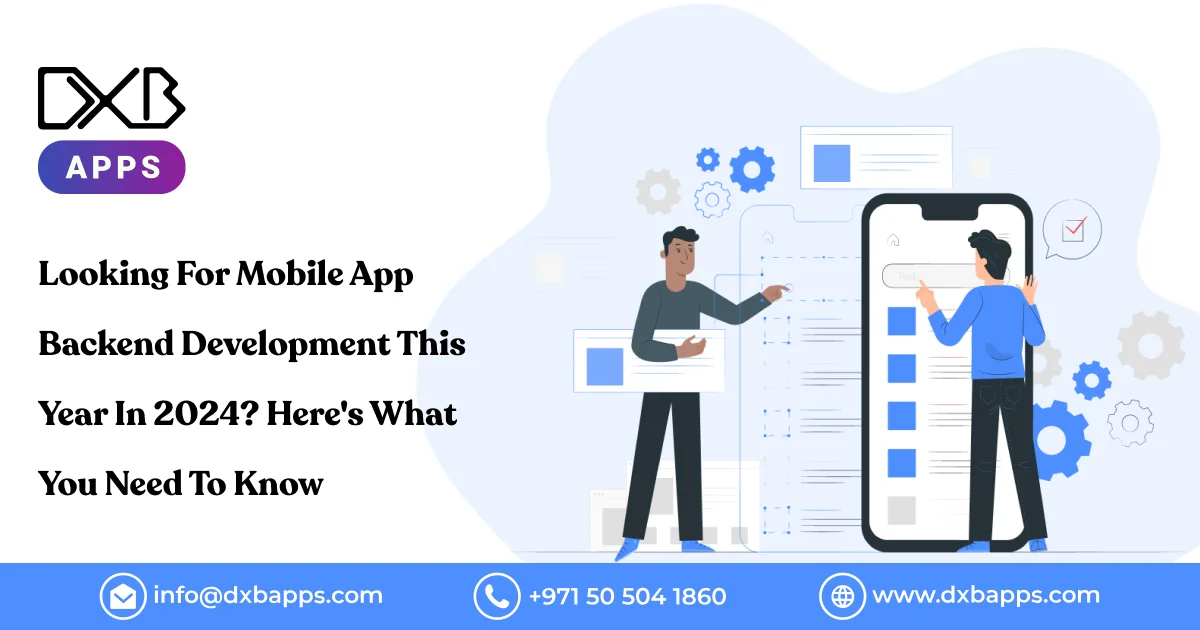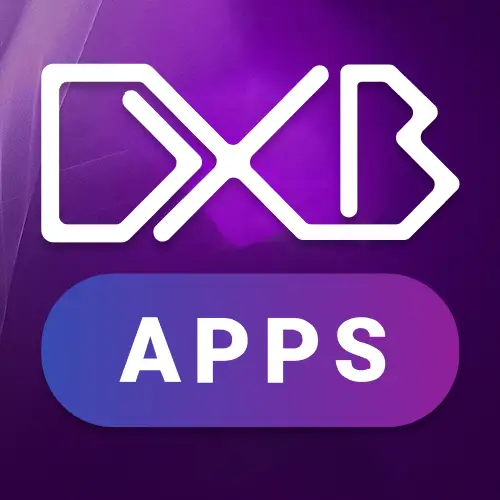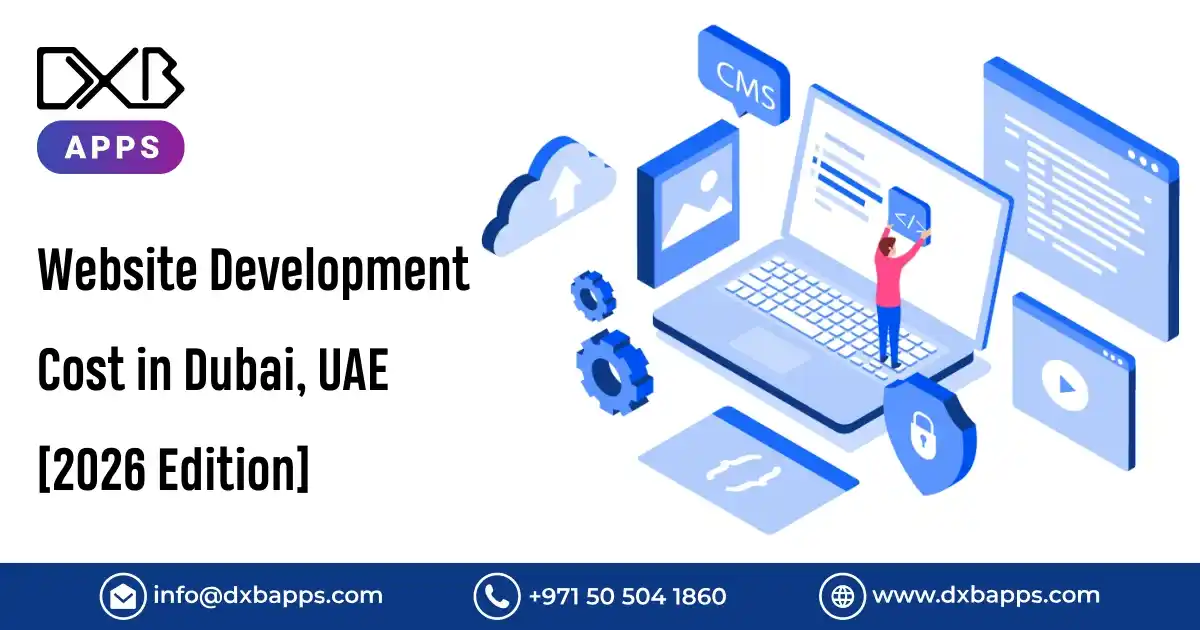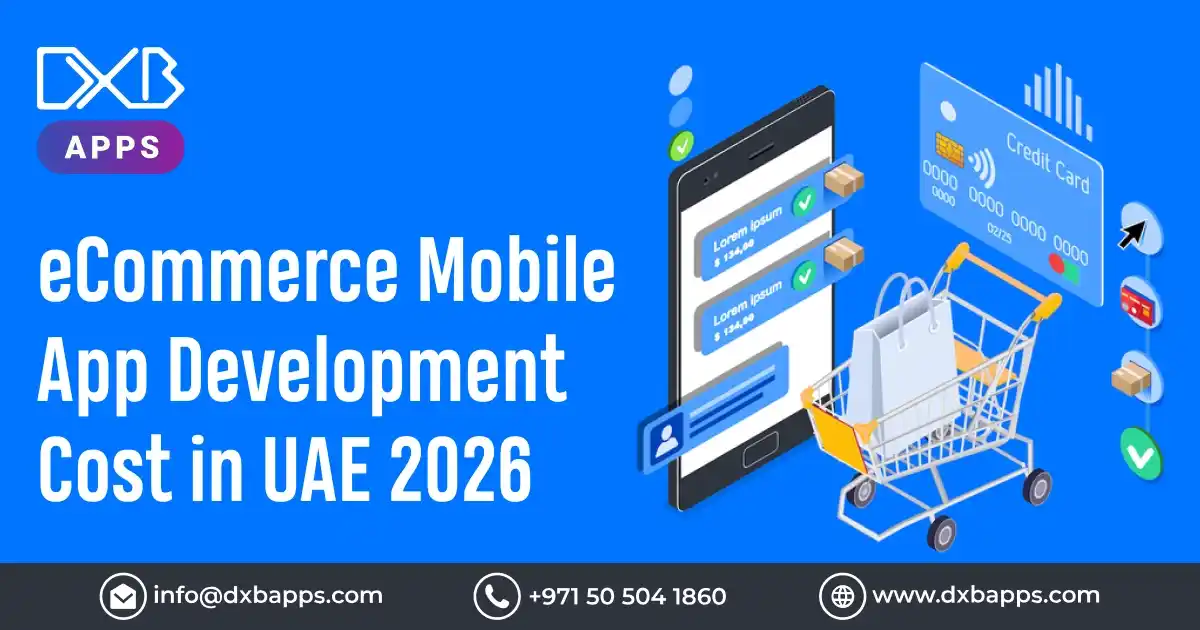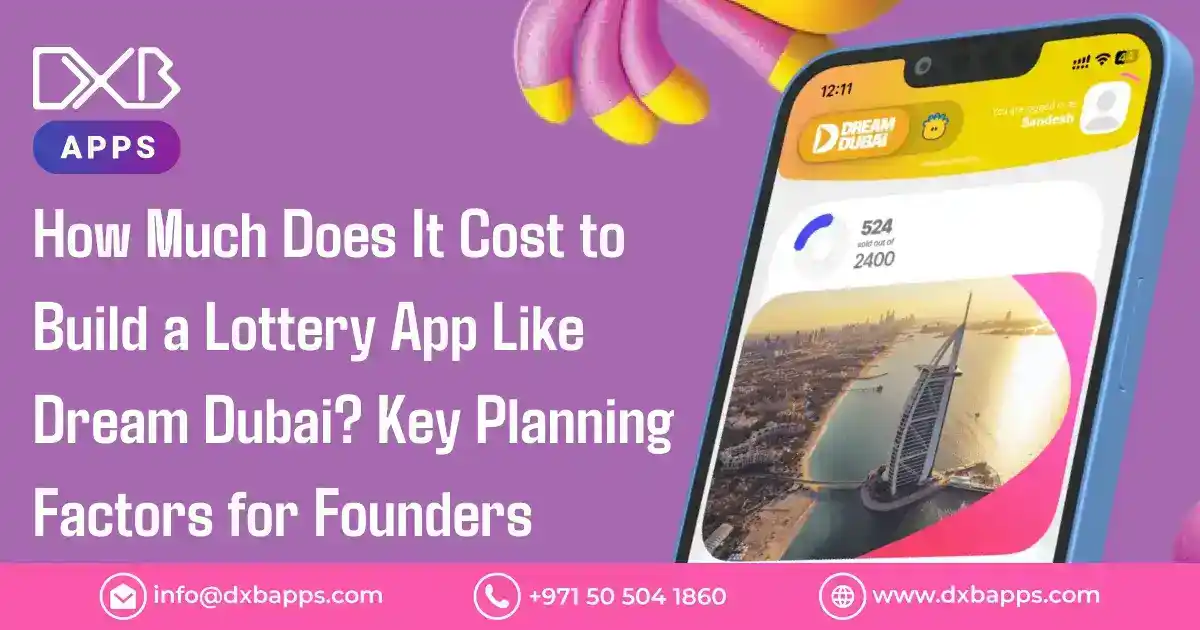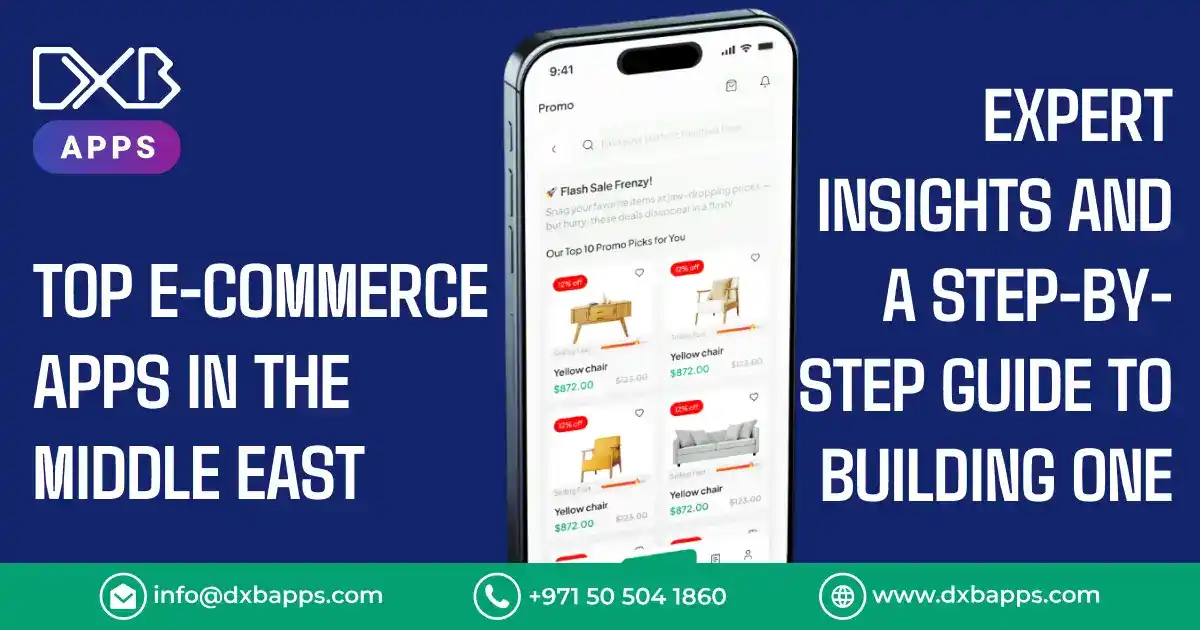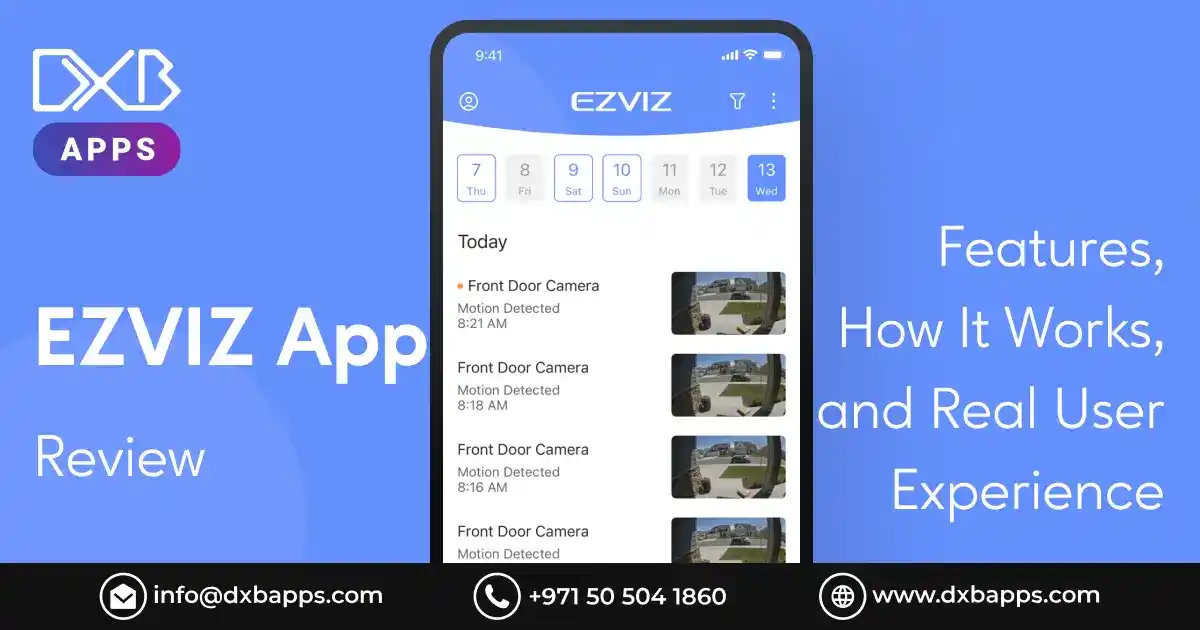No matter how stunning or alluring the user interface of an application is, it cannot carry out its intended functions without a backend, just as a car is useless without a strong engine.
An application can only process data, carry out business logic, offer security, or communicate with users instantaneously with a robust backend. Therefore, to enable dynamic functionality in your business application, you will need to thoroughly understand the backend Android app development process for mobile apps and know how much money to invest in it.
To assist you in getting started, we will go into great detail about backend mobile app development in this article. You will learn what it is and how to create a solid backend to serve your business application. Let's get going now.
What is Mobile App Backend?
Backend development is essentially the "behind the scenes" work that goes into creating a mobile app. It is described as the development of logic that the application uses to operate. The three parts of an application's backend are servers, middleware, and databases accessible via an Application Programming Interface (API) on the internet.
The backend of a mobile app handles tasks like:
- Processing and storing data
- Cross-platform synchronization and data sharing
- Upkeep of the app's business logic
- Real-time media and content updates
- Data access is managed by authorization and authentication.
In essence, the magic happens in the backend of the mobile application. A mobile app's backend powers every action the front end takes, even though the user never sees it. Now let's talk about the backend component:
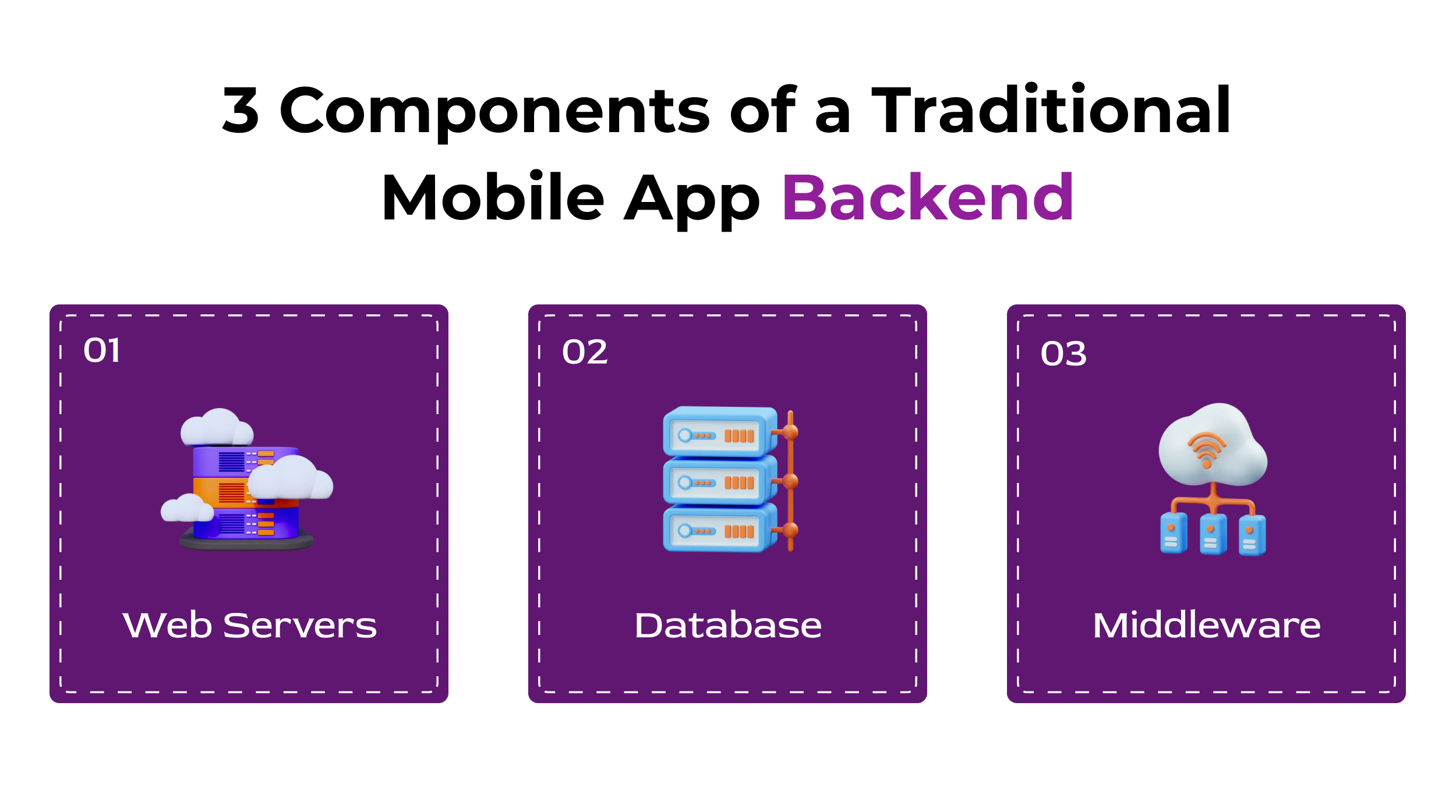
1. Web Servers
Whether your backend is on-site or in the cloud, a server is still necessary for your app to function. It pays attention to user requests and distributes resources that are necessary for the network as a whole to run. These resources include databases, web services, file storage, security, and encryption.
Typically, servers are included with a whole suite of related applications for email serving, FTP download requests, and web page creation and publication. The requirements of your organization will determine which server is best for your mobile application.
2. Information Base
A mobile app's database is what gives it its dynamic nature. The database receives requests from app users on the front end, processes them, retrieves the requested data, and returns it to the user.
Requests for data are also accepted and edited by the database. Top app developers employ various database tools, much like they do with web servers.
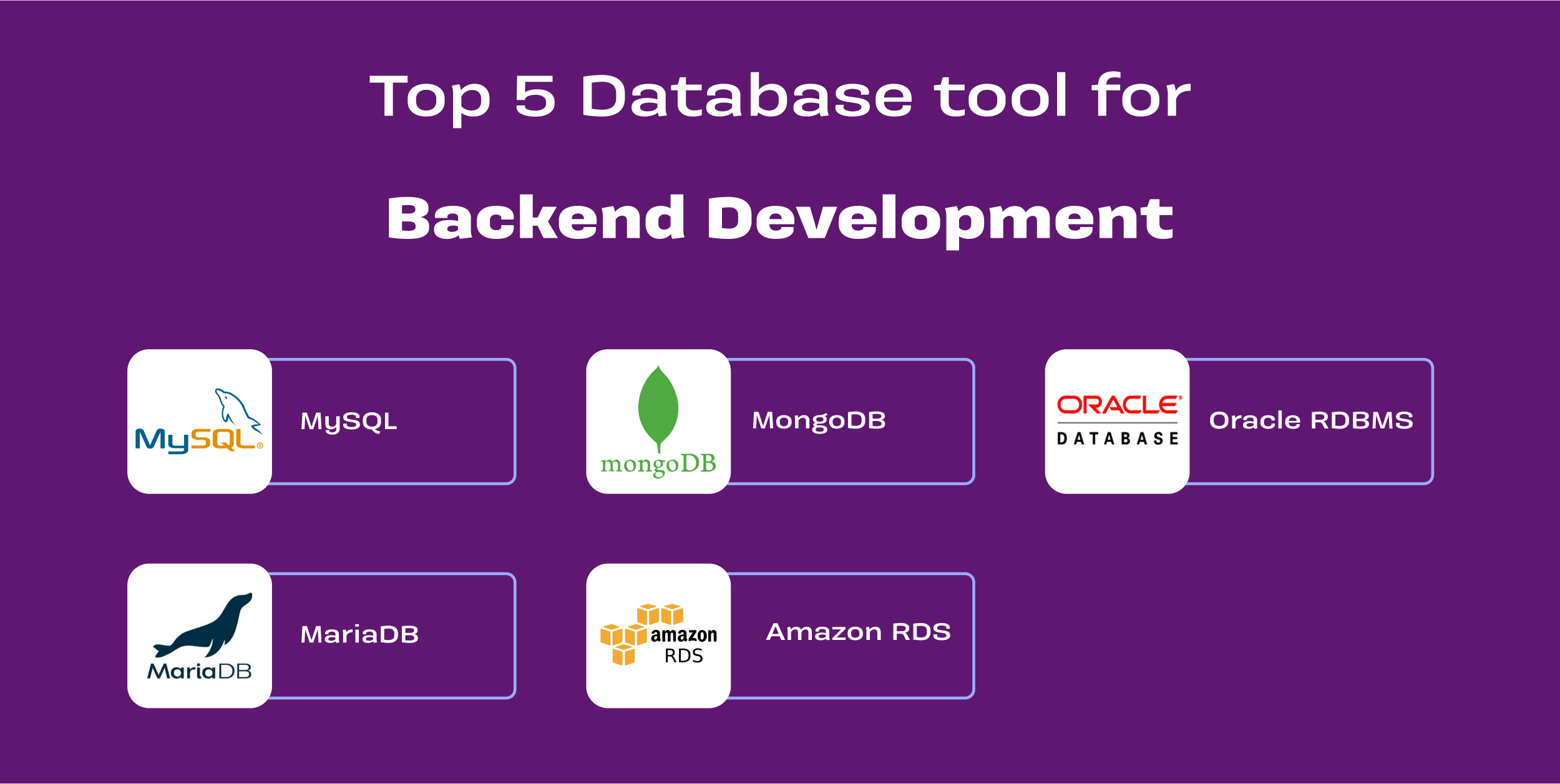
3. Middleware
Software called middleware runs on the server and connects the front end and back end of an application. It allows connectivity between the client and server and can be controlled at multiple levels, including the display and business layers.
It enables communication between on-premises and cloud programs and provides services like error correction and data integration. Authentication, content management, process management, and user interaction can all be enhanced by a robust middleware.
What Options Do You Have To Develop The Backend Of A Mobile App?
You can use three methods to construct the backend of your app: proprietary backend development, MBaaS solution, or using a third-party SAAS provider. One of these approaches might be selected based on your business logic and scalability requirements. Below, we will go over each of these choices in more detail.
Backends can be divided into various categories depending on their architecture, technology, and how they communicate with frontend programs. But, as the owner of the app, you have to categorize the backend of a mobile app based on the time and resources needed to create one:
It's only sometimes essential to spend a fortune to acquire the best possible answer in mobile app development. All you have to do is choose a solution that saves you money while meeting your business needs. These days, many brands employ MBaaS (Mobile Backend as a Service) and third-party services, often known as SAAS, as their mobile app backends.
1. SAAS, or third-party services
This kind of service is easily comparable to what restaurants offer. When you're hungry, you go to the restaurant, order, and pay for your food. Third-party service providers, SAAS, provide frontend app developers with ready-to-use backend solutions. All you have to do to use the backend as an app owner is register and purchase a subscription.
You can use this kind of service for the following types of mobile apps:
Apps for Online Shopping
Third-party backend services are a good fit if you want to create an online store to sell your goods on smartphones. You don't have to start from scratch when creating a custom backend.
Applications for the weather
If you want to release a weather app and need weather information, you can easily create a font that will retrieve the information from an established service such as OpenWeatherMap. To use the service, you must pay a monthly subscription cost, but other than that, everything will go smoothly. It is also a superior option for creating your backend.
Applications with content
You can utilize a Headless Content Management Service like Contentful to develop an app that needs content management (including text, photos, videos, or movies). It's as easy as setting up a Facebook account. Using an API, your frontend application can retrieve the material.
2. Mobile Backend as a Service, or MBaaS
Simple applications can be created with third-party backends or SAAS solutions. Still, if you believe your app's functionality needs more, you should investigate the MBaaS alternative before creating a bespoke backend. These solutions are ideal for apps that need to store client data, use features like push notifications, and have correct authorization and authentication.
SaaS is a less versatile alternative than MBaaS, which offers superior scalability and customization. It gives you a basic structure that you may modify to fit your needs as a business. Depending on the number of users, push notifications issued, traffic volume, and other factors for your app, you pay monthly for the resources you use.
The following are a few benefits and drawbacks of MBaaS (Mobile Backend as a Service):

A Pricey Choice
Even while using any of the solutions above to create the backend of your mobile application can save you a ton of money, if these choices don't work for you and you have extra money to spend, you can always invest in custom mobile app backend development.
Let's examine its procedure in detail:
3. Create a Unique Backend for a Mobile App
This gives you complete control and flexibility but is also the most expensive option. This option simplifies building anything that SAAS or MBaaS solutions cannot. However, the obvious drawback is the amount of money and work needed. Based on the features and business logic of the project, your bespoke backend could be a straightforward application or a laborious collection of technologies. It would help if you, therefore, acted appropriately.
DXB APPS - Your Reliable Web Development Partner In Dubai
Delivering state-of-the-art web development solutions customized to your specific needs is our area of expertise at DXB Apps, a website development company in Dubai. Their skilled development team builds high-performing web apps that produce outcomes by utilizing best practices and the newest technology.
Conclusion
Investing in mobile app backend development is paramount for ensuring the success and functionality of your application in 2024 and beyond. With the proper backend infrastructure provided by top mobile app development companies like DXB Apps, you can unlock your app's full potential and deliver a seamless user experience. Whether you opt for proprietary backend development, MBaaS solutions, or custom development, prioritize scalability, security, and performance.
FAQs
What function does a mobile app's backend serve?
A mobile app's backend, which manages functions like data storage, user authentication, and business logic, forms its framework.
How can the scalability of a backend infrastructure be guaranteed?
Utilizing cloud services, load balancing, and horizontal scaling are some methods for achieving scalability.
Which security precautions must be taken when developing the backend of a mobile app?
Protecting user data requires security features, including data encryption, safe authentication procedures, and frequent security audits.
How can I pick my application's backend technology?
When choosing a backend technology stack, consider elements like the needs of your project, scalability requirements, and the experience of your development team.

